Beijing
THE NORTHERN CAPITAL
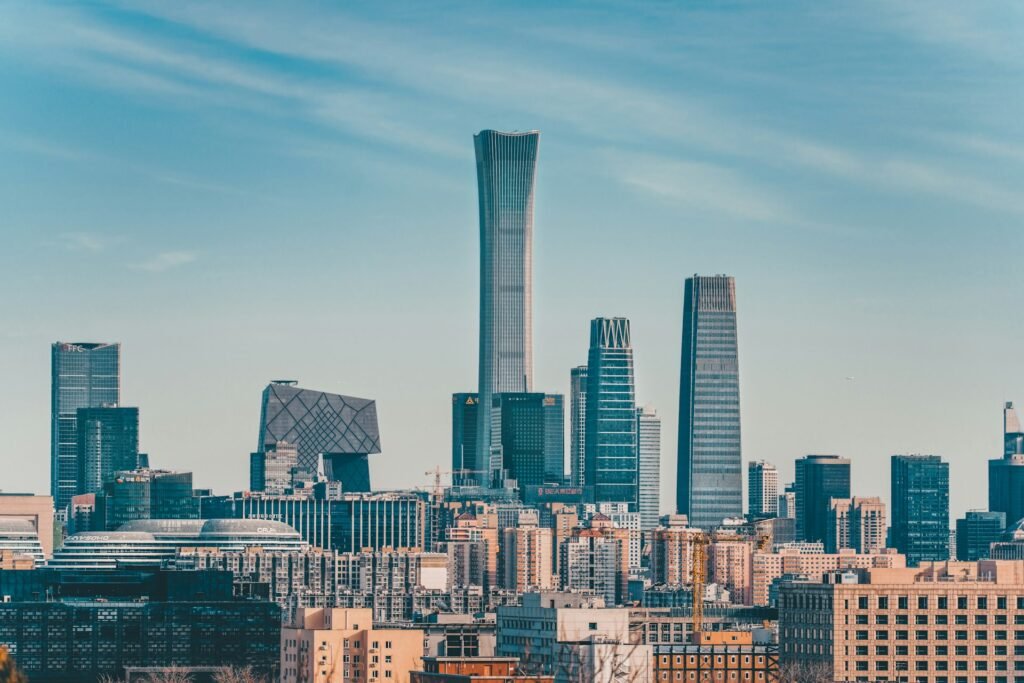
Beijing, China’s sprawling capital, is a time machine—step from the Forbidden City’s imperial halls into the neon buzz of Wangfujing Street. The Great Wall snakes nearby, a stone dragon guarding history, while the Bird’s Nest stadium screams 21st-century swagger. It’s a city of contrasts—red lanterns sway over hutongs, bikes weave past skyscrapers, and the air hums with Mandarin chatter. You’ll feel the pulse of 3,000 years in every corner, from temple incense to street-side dumplings.
It helps keep this site running, and we appreciate your support!
Sightseeing
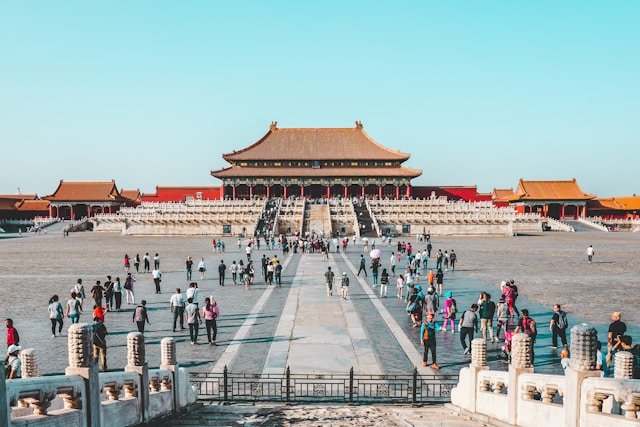
Forbidden City
This sprawling palace complex in Beijing’s core, a UNESCO gem, dazzles with 9,000 rooms across 720,000 square meters—emperors ruled here from 1420 to 1912. Red walls and golden roofs scream Ming and Qing grandeur; the Hall of Supreme Harmony’s throne room is a jaw-dropper ($8 entry, passport needed). Mornings beat the crush—hit it early via Tiananmen Square’s meridian gate; spring’s blossoms add magic. Pair with a $1 dumpling lunch nearby on Beichang Street. It’s Beijing’s imperial soul, a must for history hounds.
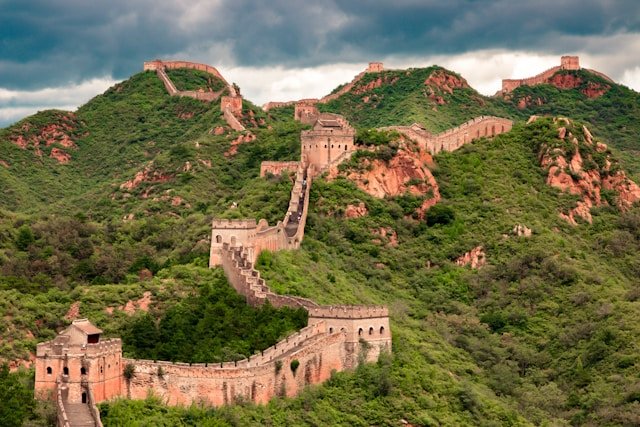
Great Wall (Mutianyu Section)
Two hours north, Mutianyu’s stretch of the Great Wall winds through green hills—less crowded than Badaling, with cable cars ($20 round-trip) and a toboggan ride down ($15). Built in the Ming Dynasty, its watchtowers frame epic views; fall’s red leaves or spring’s wildflowers steal the show. Book a $30 shuttle tour from downtown—wear sneakers for the steep bits. It’s less touristy, letting you feel the Wall’s raw power, a hiker’s dream.
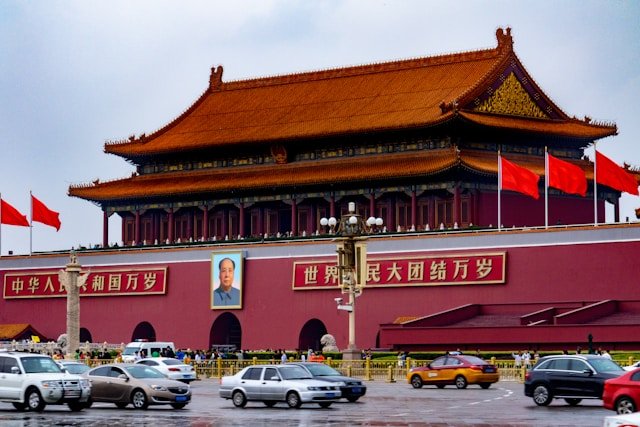
Tiananmen Square
This massive plaza, the world’s largest, sprawls south of the Forbidden City—free to enter, but security’s tight (bring ID). Mao’s portrait looms over Tiananmen Tower; the Monument to the People’s Heroes pierces the sky. Dawn flag-raisings draw locals; summer’s heat begs early visits—winter’s stark beauty shines too. Pair with a $2 tea from a vendor. It’s Beijing’s political pulse, heavy with 1989 echoes.
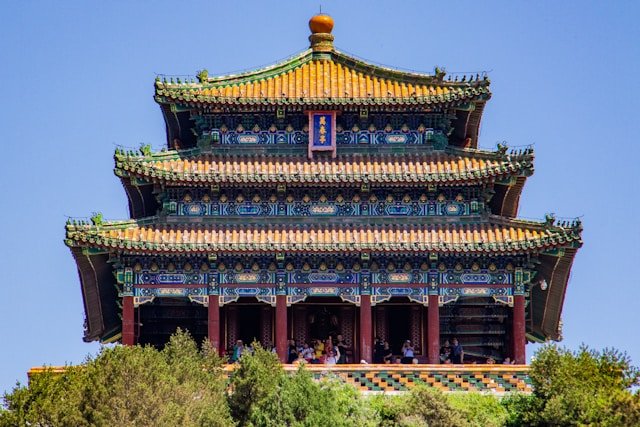
Summer Palace
Northwest of downtown, this Qing Dynasty retreat sprawls over 290 hectares—Kunming Lake’s boat rides ($5) and the Long Corridor’s 14,000 paintings dazzle ($8 entry). Empress Cixi summered here; the Tower of Buddhist Incense offers hilltop views—spring’s lotus blooms rock. Mornings dodge crowds; metro Line 4 (Beigongmen) drops you close. It’s Beijing’s garden masterpiece, a serene must-see.
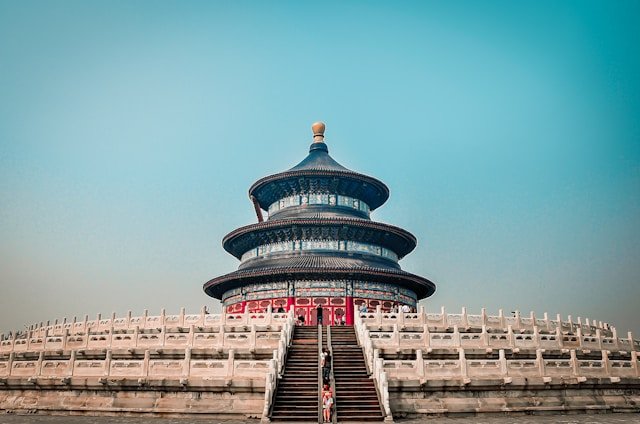
Temple of Heaven
South of the city, this 15th-century altar complex—where emperors prayed for harvests—stuns with its blue-tiled Hall of Prayer ($5 entry). The circular Echo Wall whispers secrets; mornings buzz with tai chi locals—fall’s cypress glow beats summer’s haze. A $1 noodle stall fuels the visit; it’s a 15-minute taxi from Tiananmen. It’s Beijing’s spiritual gem, a tranquil time capsule.
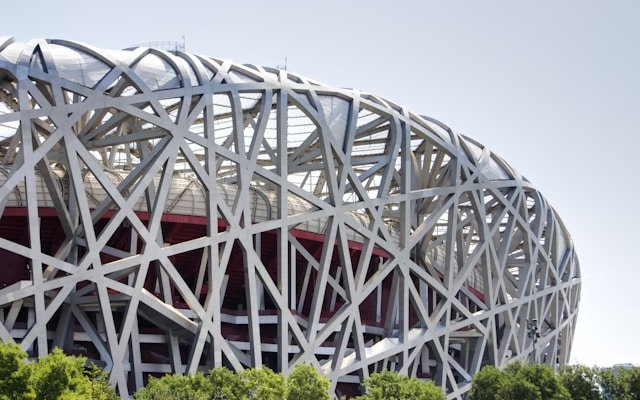
Beijing National Stadium
(Bird’s Nest)
In Olympic Park, this 2008 Games icon—$7 entry—wows with its steel web; night tours catch its glow. The adjacent Water Cube’s bubble walls shine too ($5). Metro Line 8 (Olympic Sports Center) is steps away; winter’s indoor ski slope adds quirks—book ahead. Pair with a $2 kebab from a stall. It’s Beijing’s modern flex, a sporty must-see.
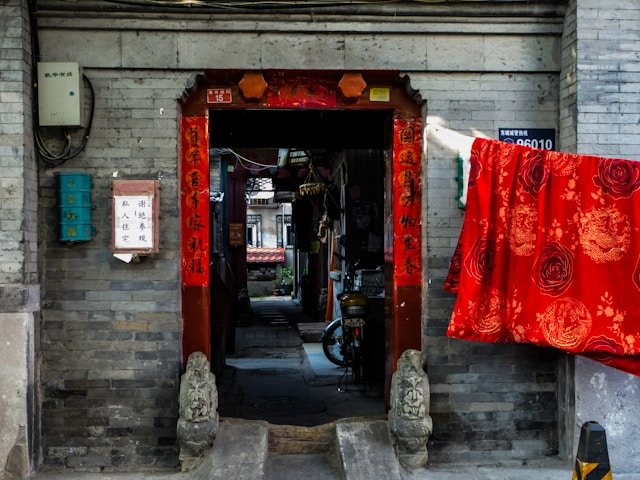
Hutongs (Nanluoguxiang)
These narrow alleys off Gulou Street weave Old Beijing’s soul—rickshaws ($10) roll past courtyard homes; shops sell $2 silk or $1 skewers. Summer’s lively, but fall’s quieter—mornings dodge tourist packs. Metro Line 6 (Nanluoguxiang) drops you close; try a $1 egg crepe. It’s Beijing’s living history, a wanderer’s delight.

Jingshan Park
Behind the Forbidden City, this hilltop park ($1 entry) offers killer views—palace roofs stretch south, skyscrapers north. Built as an imperial garden, its peonies bloom in spring; mornings beat weekend bustle—pair with a $1 tea from a cart. Metro Line 8 (Shichahai) is a 10-minute walk. It’s Beijing’s scenic perch, a quick must.
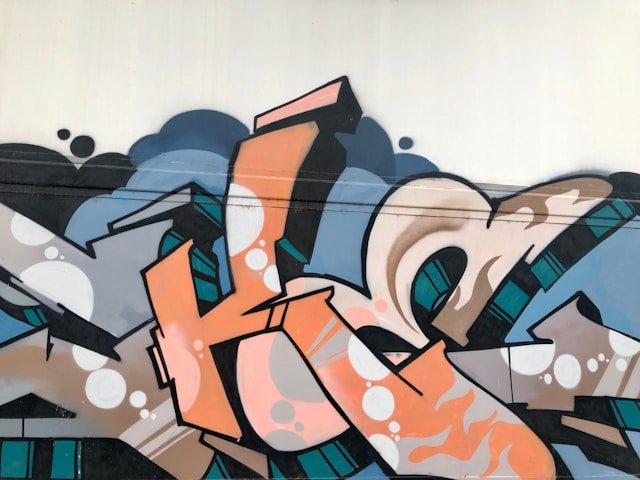
798 Art Zone
East in Chaoyang, this ex-factory turned art hub buzzes with galleries—free entry, though cafes charge $5 lattes. Graffiti walls and sculptures pop; weekends draw hip crowds—mornings are calmer. Bus 403 from Dongzhimen lands you there; grab a $2 baozi nearby. It’s Beijing’s creative edge, an artsy must-do.
Activities
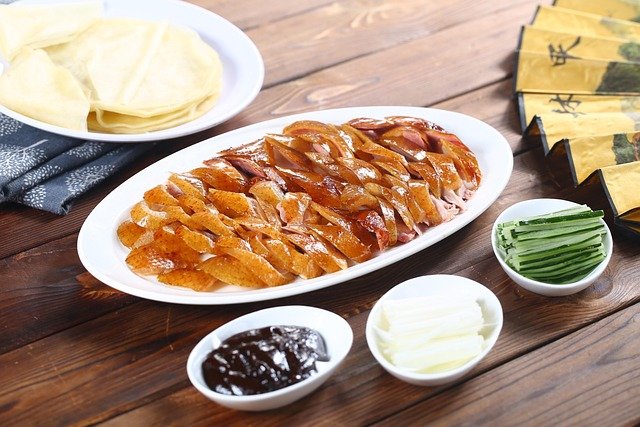
Eating Peking Duck at Quanjude
Slicing into this crispy duck ($15-20/head) at Quanjude’s Qianmen branch is Beijing’s foodie rite—pancakes, hoisin, and scallions wrap it up; sides like cucumber hit $2. Evenings buzz—book ahead; locals eat early at 6 PM. Cash works best; pair with a $1 tea. It’s a rich, savory dive into Beijing’s culinary crown.
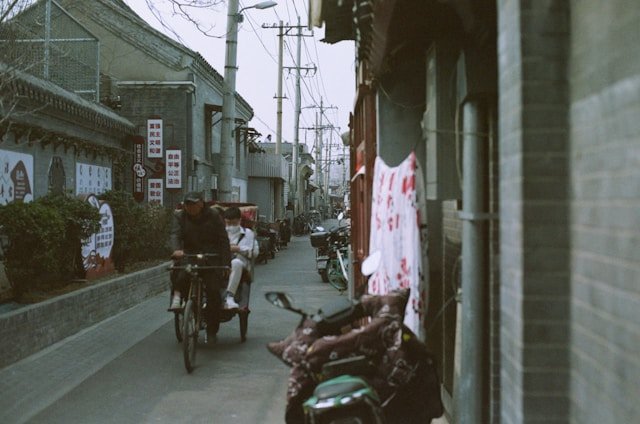
Exploring Hutongs by Rickshaw
Riding a rickshaw through Nanluoguxiang ($10) winds past courtyard homes—$1 skewers or $2 silk scarves tempt at stalls. Mornings dodge crowds; spring’s calm beats summer’s crush—metro Line 6 drops you near. Guides add tales; cash rules. It’s Beijing’s old soul, a charming must-do.
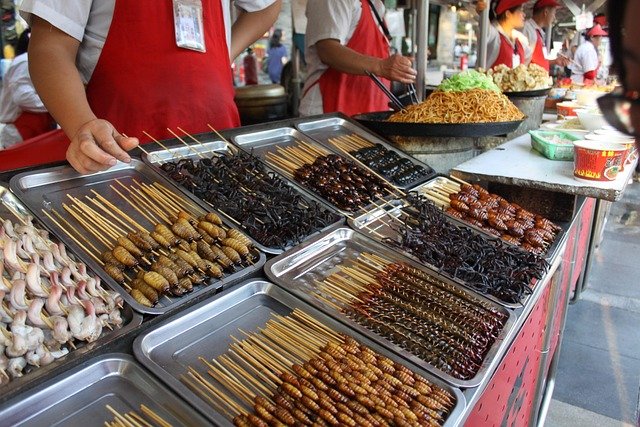
Shopping at Wangfujing Street
Haggling here means $2 trinkets or $5 snacks—scorpion skewers dare you; silk scarves tempt. Night’s neon rocks—mornings are quieter; metro Line 1 (Wangfujing) lands you there. Cash is king; pair with a $1 tea. It’s Beijing’s quirky, bustling market fix.
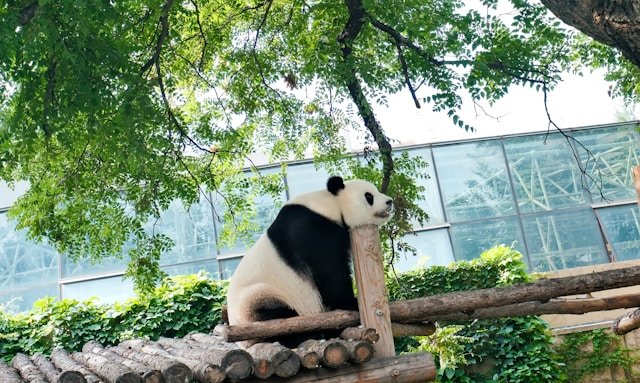
Seeing Pandas at Beijing Zoo
Spotting these fluffballs ($2 entry) in Haidian thrills—pandas munch bamboo; the aquarium’s $15 extra dazzles. Mornings beat weekend packs—metro Line 4 (Beijing Zoo) drops you there; $1 buns nearby fuel up. Winter’s quiet; summer’s lush. It’s a cute, cheap Beijing win.
Flights
Hotels
In the Old Quarter’s hutongs, this gem charms with cozy rooms—wood beams, free Wi-Fi—and a courtyard for $1 teas. Guests love the staff’s maps and duck-dinner tips; breakfast blends pho and toast. A 10-minute walk to Lama Temple or metro Line 5 (Beixinqiao), it’s a cultural steal.
Near Xisi metro (Line 4), this boutique spot wows with its shikumen-style rooms—clean, quirky, and balcony-equipped. Reviewers praise the rooftop views and staff’s bike rental help ($3/day); $1 coffees fuel mornings. Steps from hutongs, it’s a stylish, budget base.
Near Dongsi metro (Line 5), this chic spot—technically a hostel but with private rooms—delivers minimalist vibes, plush beds, and a $1 coffee bar. Staff shine with Great Wall advice; it’s a 15-minute walk to Tiananmen. Guests love the value—it’s a modern, wallet-friendly hub.
In Xicheng near Xidan metro (Line 1), this retro-themed hotel rocks with vinyl decor, comfy rooms, and a $1 tea lounge. Reviewers rave about staff sorting train tickets and the breakfast of congee and eggs. Close to shopping and palaces, it’s a quirky, solid pick.
Essential Tips for Visiting Beijing
“Ni hao” (hello) and “xie xie” (thank you) crack Beijing’s shell—locals nod at the try, even if tones flop. English fades outside hotels; a translation app like Pleco (offline) saves you at noodle stalls. Hotel cards in Chinese help—taxi drivers lean on them.
Yuan’s king—$1 is 7 RMB; ATMs at PEK or Bank of China take foreign cards, but small bills (10-50 RMB) rule markets. Cards work at malls, less at stalls; haggle in 798—start at 40%, walk away to win. Pickpockets hit Wangfujing—stash cash tight.
Respecting Local Norms
Beijing’s chill but firm—cover shoulders at temples, skip loud calls in public, and don’t tip (it’s not done). Queues hold; nudge politely if packed. Mao’s legacy lingers—watch political chat. Mimic locals at shrines or squares—it’s your guide.
Packing for Beijing’s Beat
Pack light—sneakers for hutong treks, a power bank for VPN drain (Express works), and a water bottle (tap’s no-go, $1 bottles everywhere). Masks help smoggy days; 220V outlets (Type A/C/I) need adapters. Leave room for $2 silk buys.
Beijing Transportation Guide
Finding the Best Time to Visit
Fall hits 60-75°F (15-24°C)—hutongs glow gold, Mutianyu’s leaves blaze; October’s peak for Tiananmen strolls. National Day (Oct 1-7) packs it—book months out, rates jump 30%. Smog clears, air’s fresh—it’s Beijing’s gold standard for comfort and views.
Spring’s Blooming Buzz (March to May)
Spring’s 50-70°F (10-21°C) brings peach blossoms to Summer Palace—April’s prime, though light dust storms hit. Crowds ease post-winter; hotels dip 20%—mornings beat midday haze. It’s a mild, floral window for Beijing’s charm, sans the crush.
Summer’s Sticky Heat (June to August)
Summer’s 80-95°F (27-35°C) and humidity steam—indoor spots like 798 or Forbidden City rule; rain spikes July. Crowds thin, rates drop 20-30%—nightlife on Wangfujing pops, $1 teas cool you. It’s a sweaty, budget-friendly Beijing for heat lovers.
Winter’s Stark Chill (December to February)
Winter’s 20-40°F (-6 to 4°C) freezes—Bird’s Nest sparkles, smog spikes; Chinese New Year (Jan/Feb) shuts shops but lights up squares. Hotels crash 30-50%—$40 rooms pop; hotpot warms you. It’s Beijing’s quiet, cheap edge for cold-proof travelers.
